Quests for children 7 years old
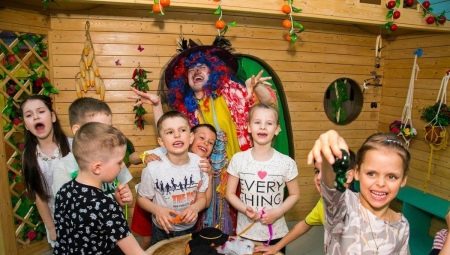
Birthday is a great occasion to surprise your child by arranging a fun holiday that will be remembered for a long time. If the birthday boy is 7 years old, you can arrange a quest instead of an animator or an entertainment area in a shopping center. It is quite possible to come up with a similar scenario of the holiday on your own, without resorting to the help of hired organizers.
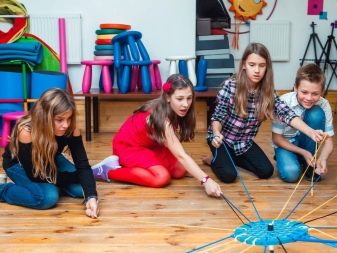

Peculiarities
It is at the age of seven that children readily take part in games, especially if the event looks like an adventure or an investigation. Among other things, this format of the celebration has other advantages.
- It is not difficult to organize a quest. Here you can rely both on your own strengths and imagination, and on advice from the network.
- Suitable for any number of participants. You can come up with tasks both for one hero of the occasion, and for a group of invited friends. Both boys and girls perceive them with equal interest.
- It gives you the opportunity to realize your abilities, to express yourself, to make your dreams come true. For example, turn a child into a scientist, traveler, princess, knight, or pirate.
- Compatible with other celebration options. With the right distribution of time, children can not only take part in the quest, but also sit at the festive table, dance or relax.
- The scope of the adventure game can vary. With good preparation, quests are carried out in almost any conditions, while keeping within the allocated budget.


If the child likes to play, quests can be carried out not only on his birthday.
For example, spend a summer or autumn marathon on the street, organize a meeting of friends for no particular reason or fill a day off in this way. This is a great reason to interest the child, to give him new information, because it is during the game that children learn the material better.


General rules of the game
Initially, a quest was called a certain sequence of tasks that are solved intellectually. Subsequently, they began to include more and more tasks related to reaction speed or agility.
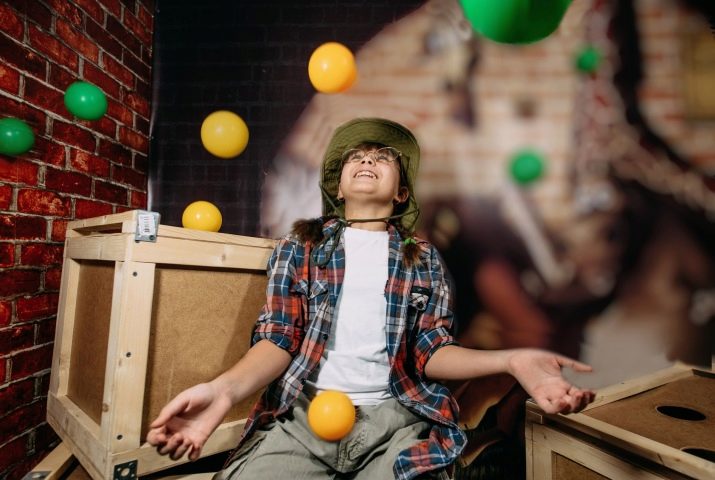
Despite the chosen type, such games have their own rules that allow you to evaluate the success of the passage and resolve controversial situations that have arisen.
- The game starts for all participants at the same time, and you cannot enter it at any of the stages, as well as add players. Therefore, you need to devote time to gathering guests.
- To avoid resentment, there should be one team at a children's birthday party. If two or three teams are involved, they should be formed in a random way (using a reader or a drawn card).
- The game has a presenter who monitors the completion of tasks and helps if necessary.
- If the task is performed for a while, the participants should have in front of them its visual display (dial, hourglass). Taking into account their age, it is better to familiarize children with the start and end signals in advance.
- If a card is used in the game, you need to make sure that it is understandable, or clarify what is causing the difficulty.
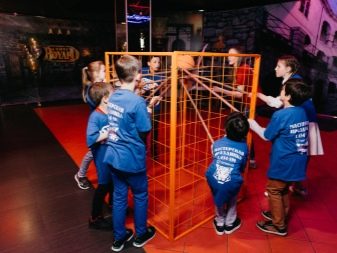
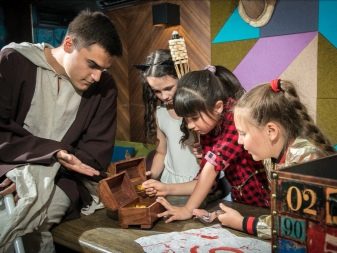
Due to age, the presenter can give hints, explain incomprehensible places. Before starting it is a good idea to remind the rules of behavior, to urge children to discipline. Penalties should not be too harsh and violate the atmosphere of the holiday. To avoid making a lot of noise, players can take turns expressing their opinions without shouting or interrupting. If there is physical activity, safety precautions are discussed.
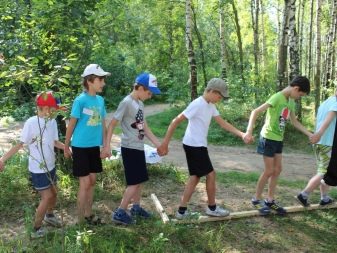
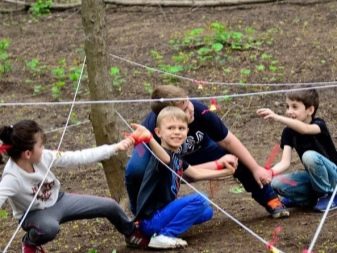
How to write a script?
Like any other stage of preparation, it is better to start writing a script beforehand. The experience of other parents or organizers can be taken as a basis. First you need to decide on the theme of the holiday. It should coincide not only with the interests of children, but also with the venue, as well as its decor. If there are many children, then something neutral would be the ideal option - for example, a treasure hunt, the search for the princess crown, an investigation of stolen gifts, and so on.
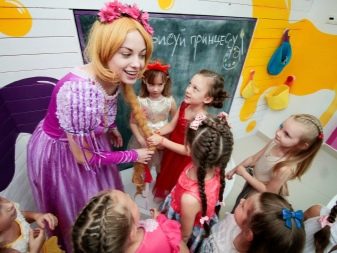

The first item in any scenario is the prologue. The presenter announces the legend to the children and explains the rules. To make everything look believable, it's best not to sight-read.
The legend can be drawn up in the form of a message and given to the birthday man to read. This part should not be too long, but make sure that the participants understand everything.
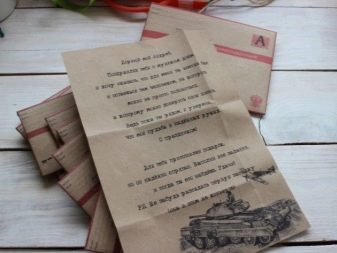
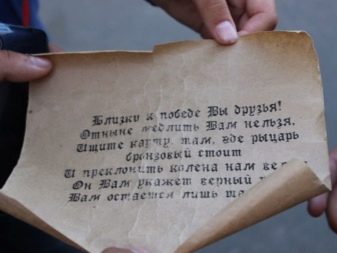
Then you can go to the active part. As a rule, there is about one format here. Pre-prepared things are hidden in a certain area. These can be hints, each of which indicates where the next one lies. Or the leader gives hints for completing the assignment, and then the children look for artifacts (keys, parts of the map, fragments of the code word) using them. If children do not read well and are not too independent, the participation of the facilitator should be constant.
Depending on the idea at the end, the children come to the last point, receive a card or a code from the place where the prize is stored. If the players are divided into teams, the results obtained by them can be added to one card or used together - then everyone will be the winners. Then the presenter sums up the results.
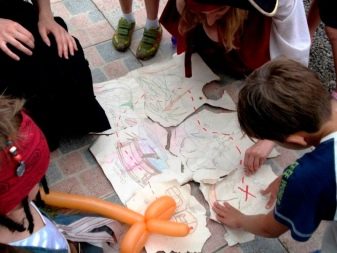

It will be fair if small souvenirs (key rings, slimes and the like) go to all participants, and not one birthday person, or the received treasure can be shared among all.
Job options
Children who have never encountered such games may be interested in the search process itself. The easiest option for a quest is to write notes indicating where to look for the next one. However, there should not be too many of them, otherwise the wait will drag on, and disappointment cannot be avoided.
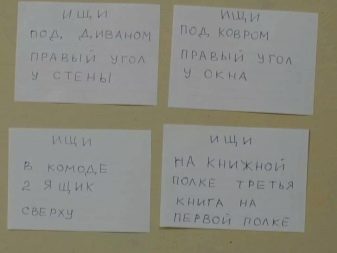
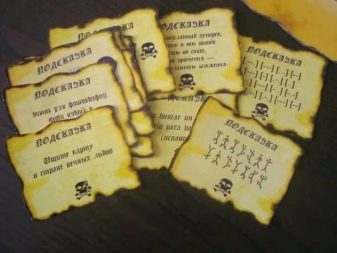
To make the game more fun, the child must use a little ingenuity and complete the tasks. The simplest and most popular of them are riddles. They are good for moving around a room or court. In this case, the answer indicates the next cache. The text of the riddles should be simple, you can come up with it yourself or find it on the Internet.
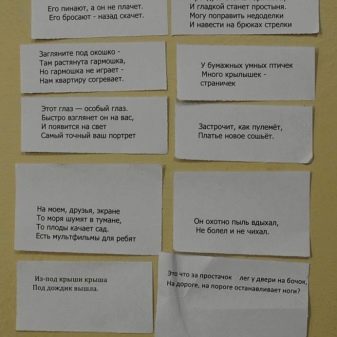
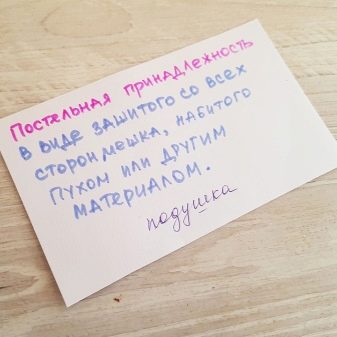
In addition to riddles, a piece of furniture or interior can be encrypted in any way that a child can solve. This could be:
- a simple maze, one of the paths of which will definitely lead to the desired answer;
- a card with a pattern, which must be colored correctly and read what happened;
- an image cut into strips or pieces, folding like a puzzle.
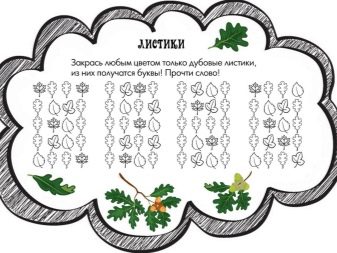
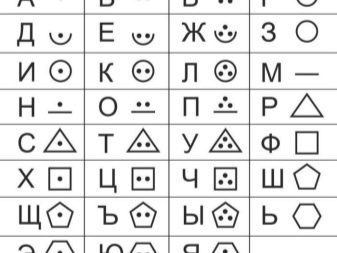
To complicate the task a little, children can find a prize by making a word from the letters they find. They can be placed as follows:
- spread the leaves around the room (having discussed how many should be);
- write on balls or place inside;
- bury plastic letters in sand, beads, salt or other bulk products;
- bake cookies with notes;
- write on coins in a jar;
- stick on fruits and hide them in a basket among other fruits.

In addition to all of the above, the quest can consist of tasks, by completing which the child collects clues, keys, codes or symbols. In this case, any well-known contests or puzzles will come in handy:
- compose a poem about the birthday man;
- calculate the sum of the numbers in today's date;
- cope with the puzzle;
- find an invisible ink inscription with a flashlight (similar pens are sold with special flashlights);
- decipher text encoded using Morse code, numbers, dancing men;
- cope with the rebus;
- make up a few words from the letters of the name and surname of the birthday person.
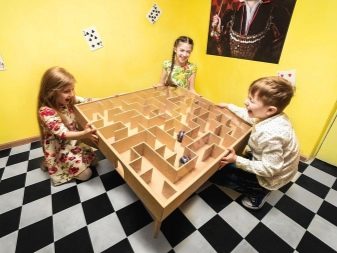
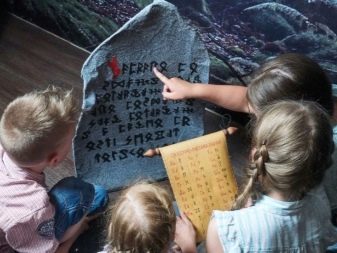
Dexterity tasks will also be useful here:
- apply water with a spoon or stick with tied cups (in the form of a rocker) or pass a glass of water along a chain;
- go through the obstacle course;
- get to the desired point with only two pieces of paper;
- build a tower of cubes or cups with your eyes closed (you can use the tips of your friends) and much more.
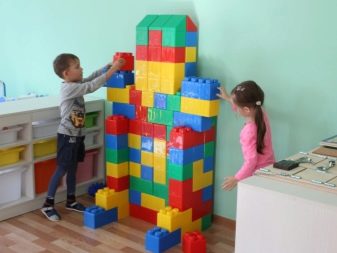
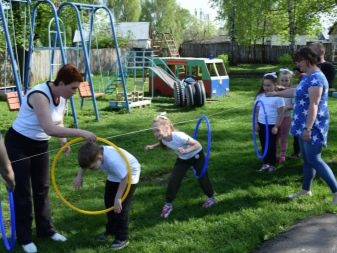
The main thing is to evaluate the strength of the children when choosing tasks, to pick up interesting props and tune in to a positive result.
Where to hide the notes?
For those new to quest compilation, it is the distribution of notes or artifacts that is most difficult. Therefore, it is better to first outline the hiding places, and only then select the required number of tasks. And for this you need to choose the right room. The most affordable option is a house or apartment. A nursery or any other spacious room will do, from which fragile and valuable things must be removed in advance.
In a rented room or playroom, children tend to be more interesting because of the novelty.
Caches should not be immediately evident, because the search, and even in the company, causes excitement. They must be at or below the height of the participants. The best option is repeating objects, because in this case the child will have to inspect all doors, window sills, armchairs, photo frames, albums or similar toys.
In this case, you need to make sure that the subsequent parts of the quest are not discovered ahead of time. Another point is not to confuse the caches during distribution. According to the first clue, they find the second, according to the second, the third, and so on. Better in the absence of children to check the correct location yourself.

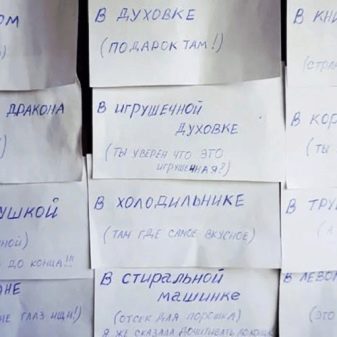
On the street, it is better to immediately discuss the boundaries of the area where the tips are hidden (within the gazebo, on the playground), outline or fence off the desired area. Alternatively, you can travel from point to point by bicycles or any other type of child transport.
Since scraps can get dirty, it is best to wrap or laminate them.Since the notes are hidden in advance, one of the adults must make sure that outsiders do not interfere.
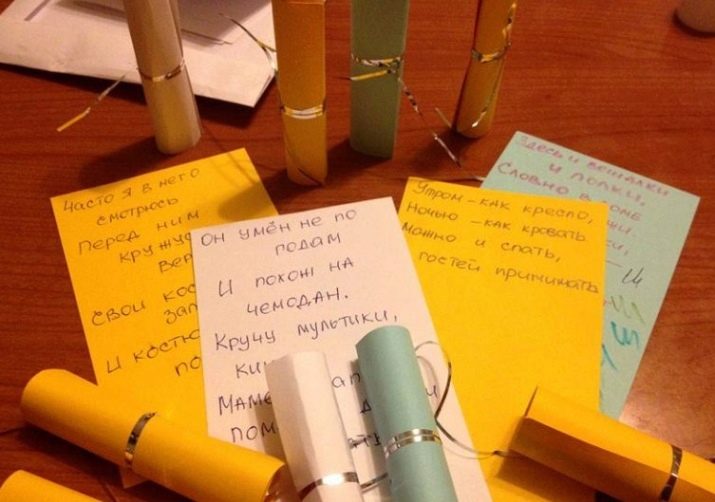
In addition to the street, quests are carried out on playgrounds, in cafes, schools and even museums (upon agreement with the administration). So that the game does not drag on for a long time, 10 places are enough, as a last resort, you can have additional contests to take the children after graduation.
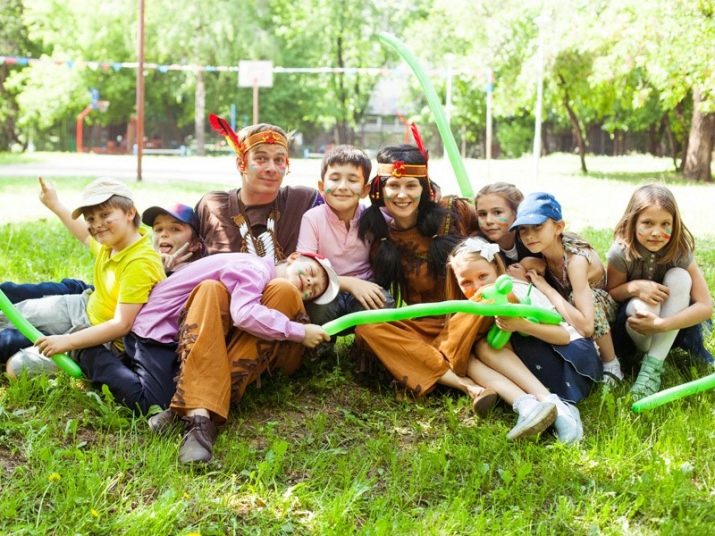
The scenario of the quest at home is in the video below.








